GIS Analysis
Precision in Every Pixel: Elevate Your Project with GIS Analysis. Data-Driven Decisions: Uncover Insights, Drive Success
Ready to Transform Data into Decisions?
Schedule a GIS Analysis Consultation Now.
Key Features
Travel Pattern and Public Transport Accessibility Analysis:
Comprehensive Route Assessment: Analyse travel patterns with a comprehensive assessment of transportation routes. Understand the dynamics of movement within and around your project area, enabling you to optimise infrastructure planning and enhance accessibility.
Public Transport Network Integration: Evaluate the effectiveness and accessibility of public transport networks. Ensure seamless connectivity for residents and users, fostering efficient urban mobility and reducing reliance on private vehicles.
Demographic Analysis:
Population Distribution Mapping: Gain a nuanced understanding of demographic distribution within your project area. Our GIS analysis produces detailed maps highlighting population density, age groups, and other demographic factors crucial for planning and development.
Target Audience Identification: Identify and target specific demographic groups based on their spatial distribution. Tailor your project strategies to meet the needs and preferences of the diverse communities within your project vicinity.
Demographic Change Predictions: Anticipate demographic changes over time with predictive analytics. Understand how population dynamics may impact your project, allowing you to adapt and plan for future shifts.
Proximity to Amenities Analysis (15 minute Cities):
Accessibility Mapping for Amenities: Evaluate the accessibility of essential amenities within the project area. Our GIS analysis helps you understand the reach and coverage of amenities such as schools, healthcare facilities, and recreational areas, ensuring convenient access for residents and users.
Amenity Proximity Assessment: Identify the proximity of essential amenities to residential and commercial zones. Optimise the placement of amenities to enhance the quality of life for the community and increase the attractiveness of your project.
Integration of Amenities with Public Spaces: Analyse the integration of amenities with public spaces, ensuring a well-balanced and functional urban environment. Enhance the overall livability of your project through thoughtful proximity planning.
Pedestrian Movement Analysis:
Foot Traffic Patterns: Study pedestrian movement patterns to optimise walkways and pedestrian-friendly spaces. Enhance the safety and convenience of pedestrians within your project, fostering a more vibrant and livable community.
Crosswalk and Intersection Analysis: Evaluate the effectiveness of crosswalks and intersections for pedestrian safety. Implement design improvements based on GIS analysis to create pedestrian-friendly urban spaces.
Pedestrian Flow Modeling: Utilise GIS analysis to model and predict pedestrian flows, particularly in key areas such as commercial zones or public spaces. Design environments that encourage pedestrian engagement and support local businesses.
Site Suitability Analysis:
Spatial Suitability Modeling: Determine the suitability of sites for specific purposes, considering factors such as land use, zoning regulations, and environmental constraints. Make informed decisions on optimal land allocation for your project.
Adaptive Zoning Strategies: Implement adaptive zoning strategies based on GIS site suitability analysis. Optimise land use planning to create well-balanced and resilient urban spaces.
-
A Geographic Information System (GIS) is a computer system that analyzes and displays geographically referenced information.
-
A GIS (Geographic Information System) Consultant is a specialist who focuses on utilizing technology to collect, analyze, and visualize spatial data for informed decision-making. Their responsibilities include data collection from sources like surveys and satellite imagery, implementing and customizing GIS software, providing training and support, and managing spatial databases. GIS Consultants work across diverse industries, contributing their expertise to address specific business challenges and oversee end-to-end GIS projects in areas such as urban planning, environmental science, agriculture, and public health.
-
A GIS consultant serves as an expert in Geographic Information Systems, specializing in the acquisition, analysis, and visualization of spatial data. They play a crucial role in helping organizations harness geospatial technologies to make informed decisions, solve complex problems, and optimize various processes. This involves tasks such as data collection, software implementation, customization, and project management, tailored to the specific needs of the client.
-
GIS consulting can bring significant benefits by enhancing decision-making processes through the analysis and visualization of spatial data. By leveraging GIS technologies, businesses gain insights into geographical patterns, optimize resource allocation, and improve overall operational efficiency. Whether in urban planning, environmental management, agriculture, or public health, GIS consultants help unlock the value of location-based information, providing a competitive edge and promoting sustainable growth.
